Improving maternal and newborn health and survival and reducing stillbirth – Progress report 2023
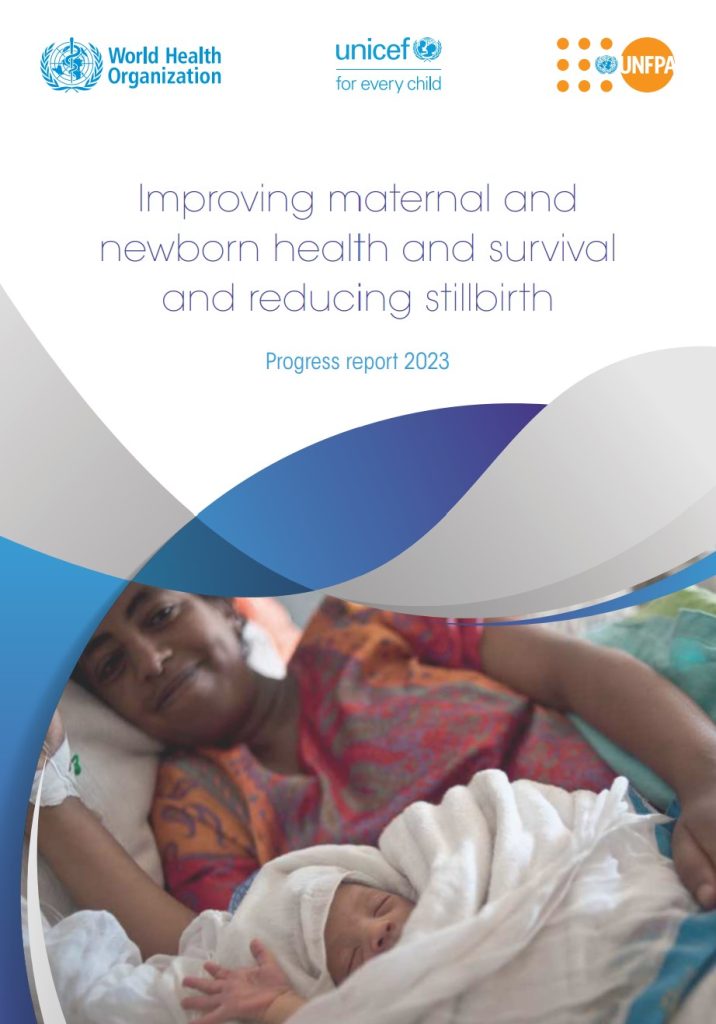
Using data from recently published analyses on maternal mortality, stillbirths and neonatal mortality, as well as new data on country progress towards the ENAP-EPMM coverage targets and milestones, this summary report presents the key findings from the data and priority action
Technical Brief on Maternal and Newborn Health and Nutrition in Humanitarian Settings

This brief provides nutrition and health program staff working in humanitarian settings with guidelines, tools, resources, and examples of best practices, to promote linkages and integrated service delivery across nutrition and maternal and newborn health in humanitarian response.
Ending preventable maternal mortality (EPMM): a renewed focus for improving maternal and newborn health and well-being
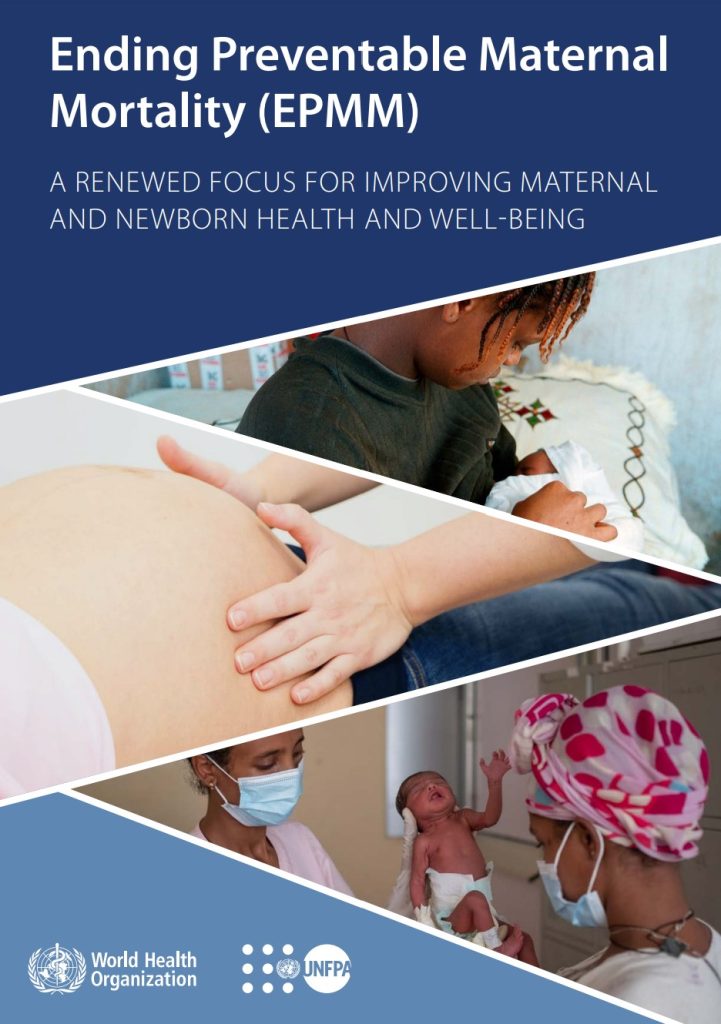
In 2015, the strategies for Ending Preventable Maternal Mortality (EPMM), a global multi-partner initiative, outlined broad strategies for maternal health programmes. EPMM aims to improve maternal health and well-being and achieve the SDG target for MMR.
Technical brief: Nutrition Quality of Care for Maternal, Newborn, Child, and Adolescent Health
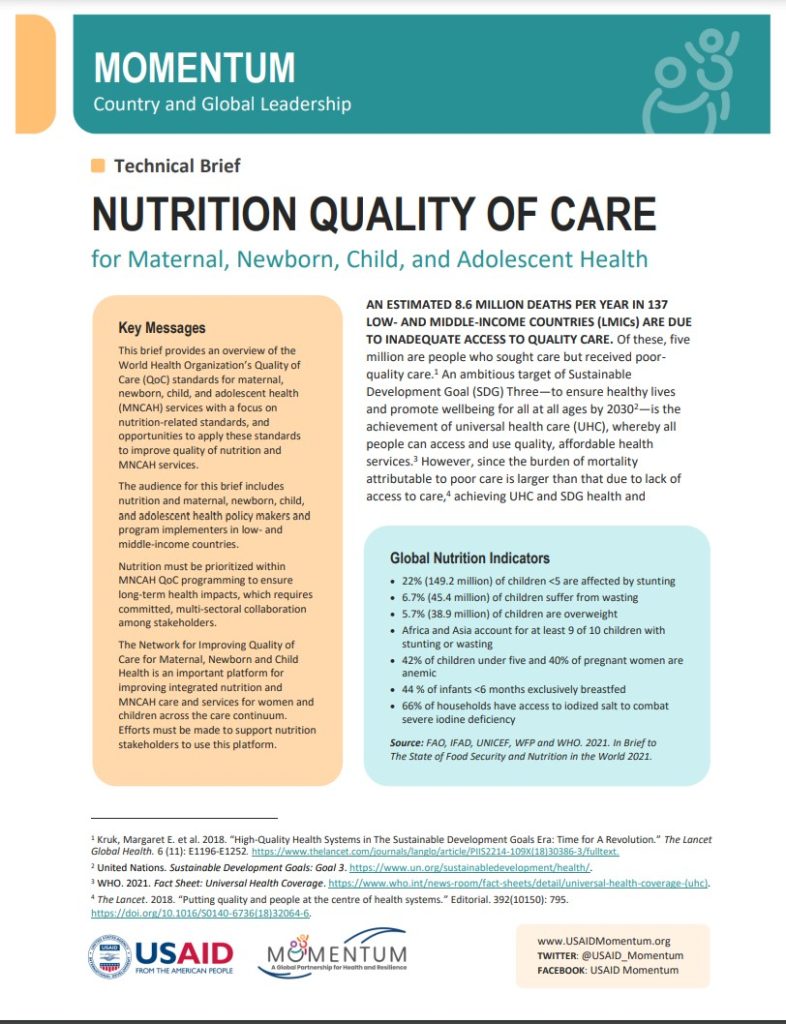
The primary objective of the brief is to raise awareness among nutrition and MNCAH stakeholders (country and global) of the nutrition QoC standards, and of the opportunities to apply the standards to improve the quality of integrated MNCAH and nutrition services. The brief highlights early learning from three QoC Network countries (Nigeria, Ethiopia, and Ghana) […]
National Reproductive, Maternal, Newborn, Child, Adolescent Health Quality Improvement Framework – Bangladesh
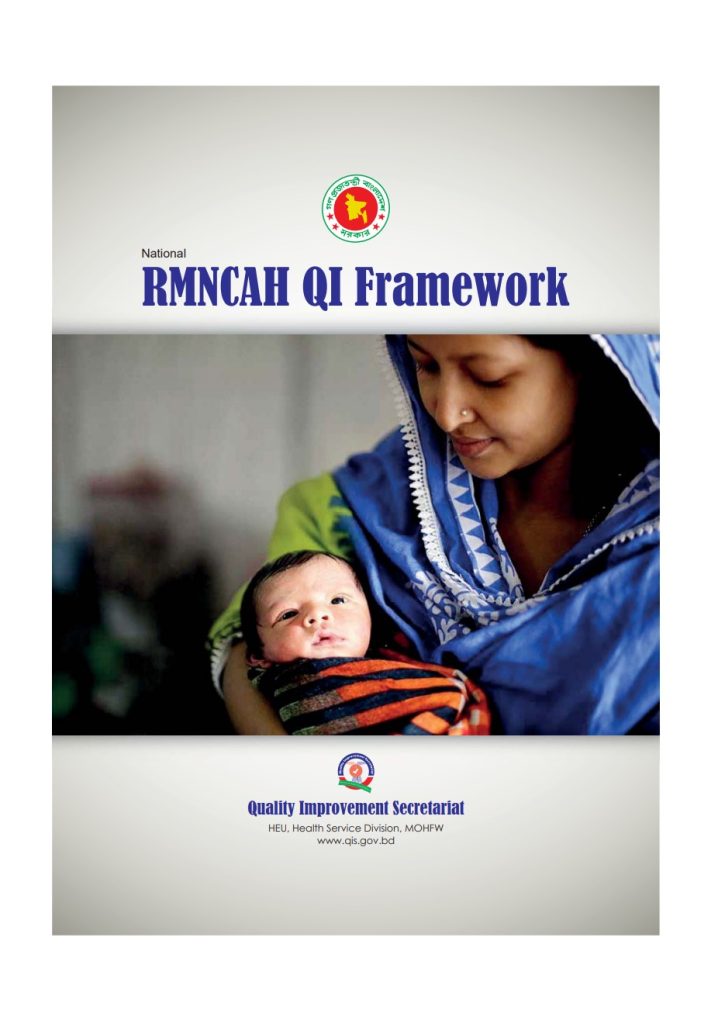
A guideline to help programme managers the service providers in designing, delivering and monitoring quality RMNCAH services in Bangladesh.
A mapping and synthesis of tools for stakeholder and community engagement in quality improvement initiatives for reproductive, maternal, newborn, child and adolescent health
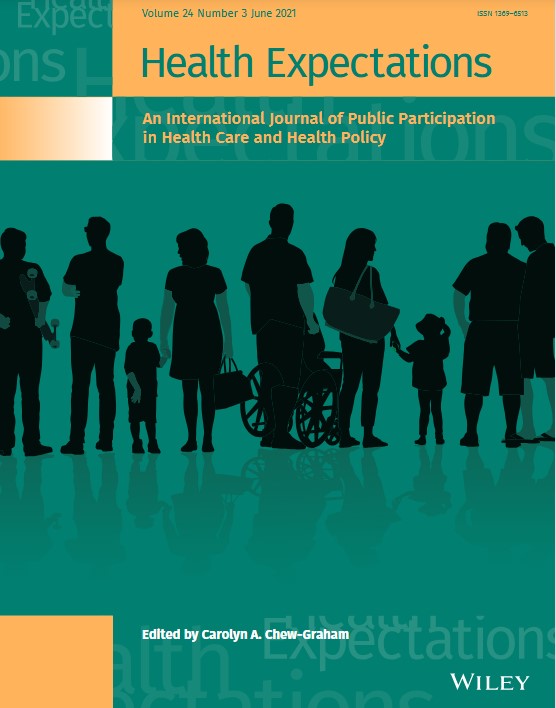
Stakeholder and community engagement promotes collaboration and gives service users an opportunity to actively participate in the care they receive. This document identifies tools and operational guidance to integrate stakeholder and community engagement into quality improvement implementation.